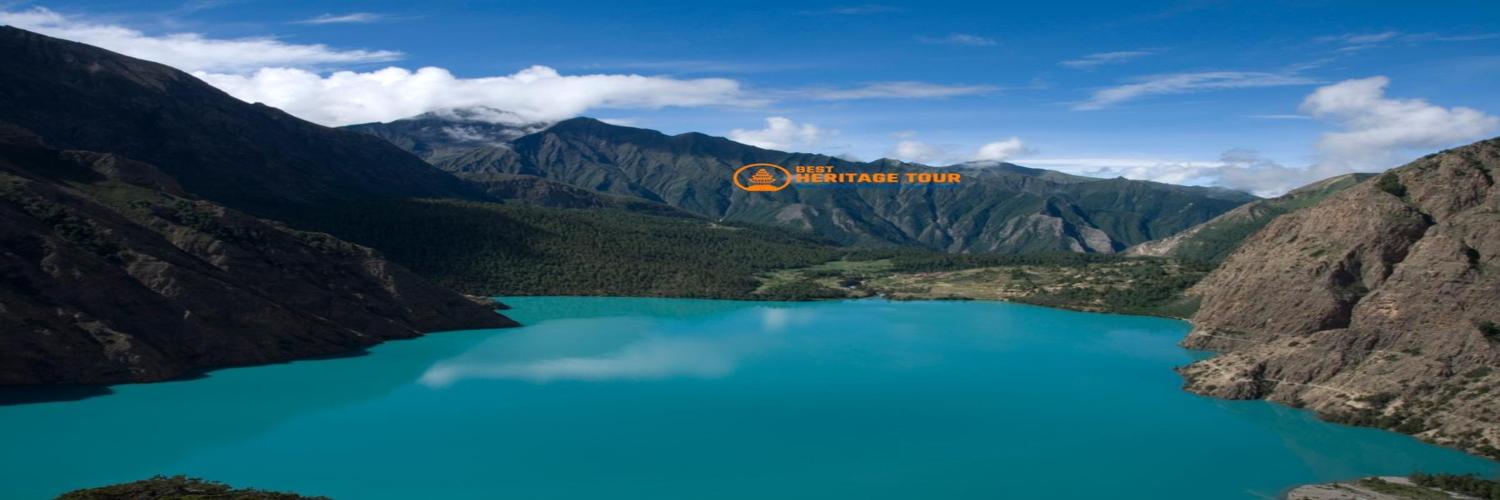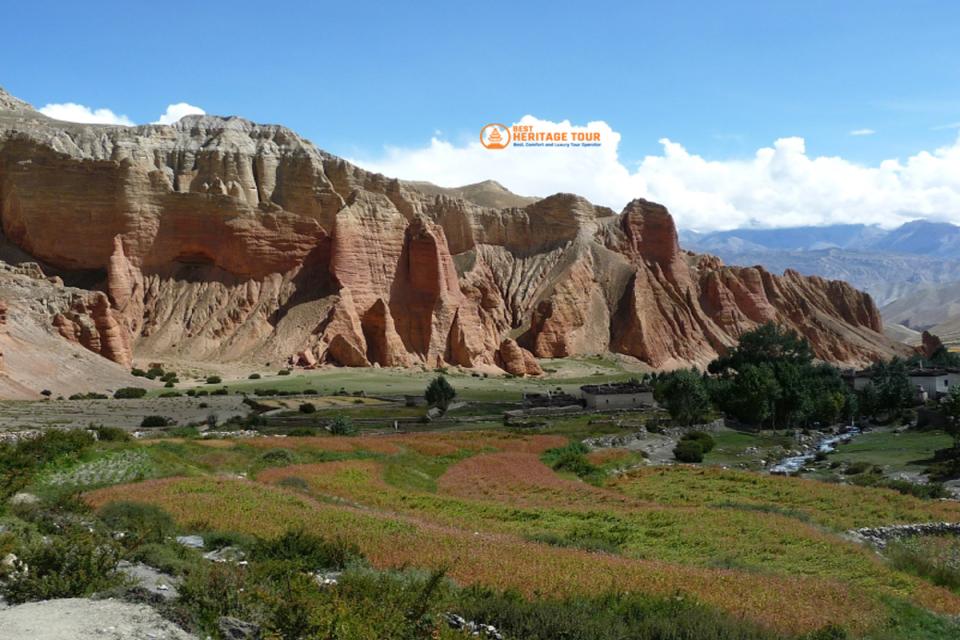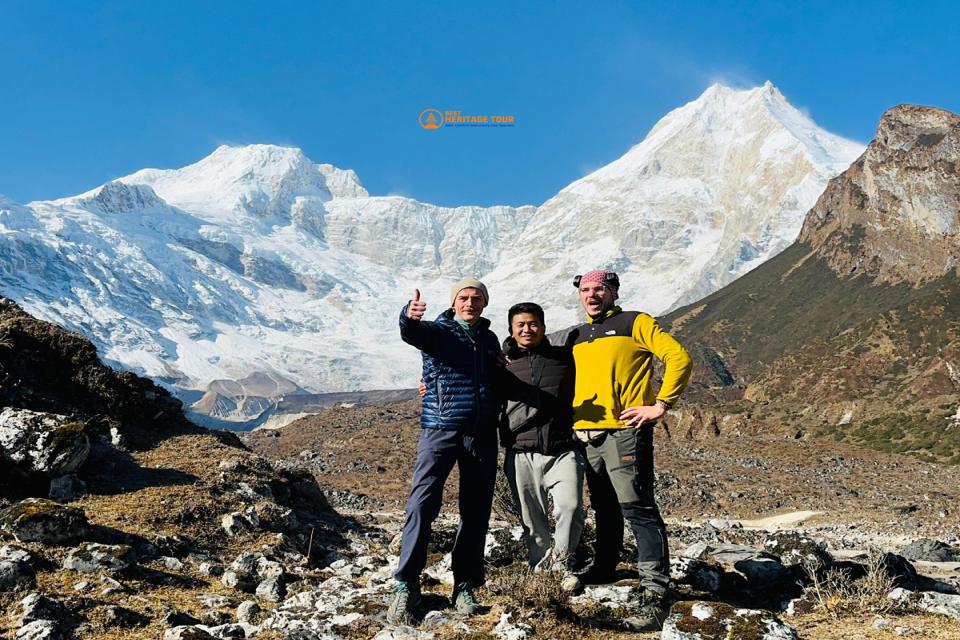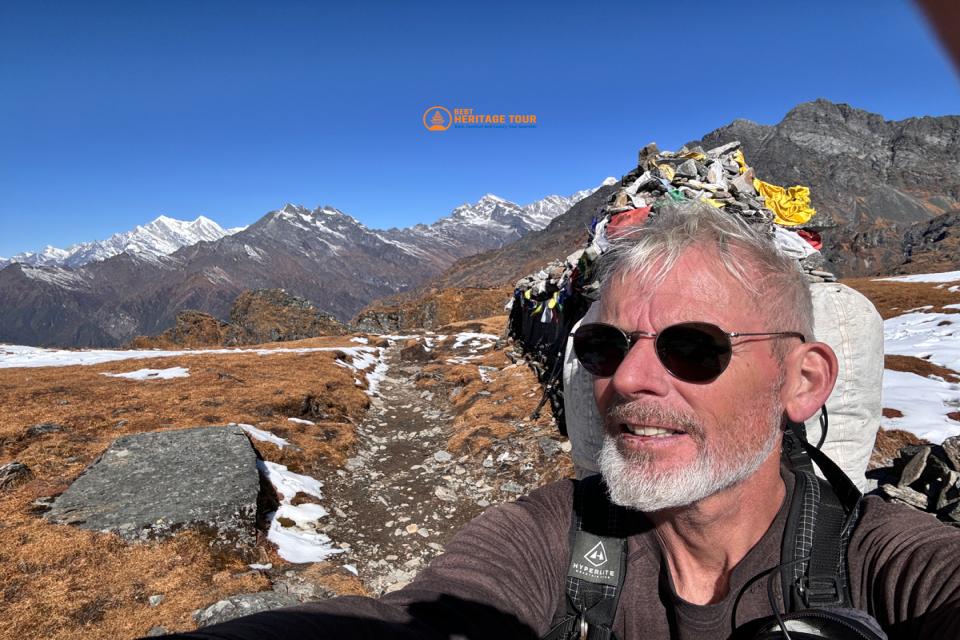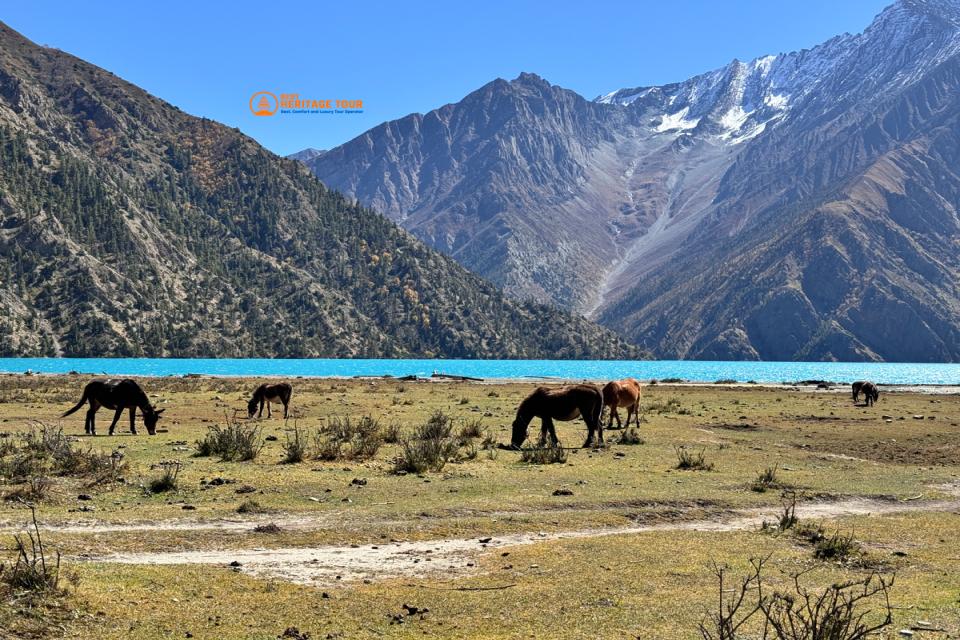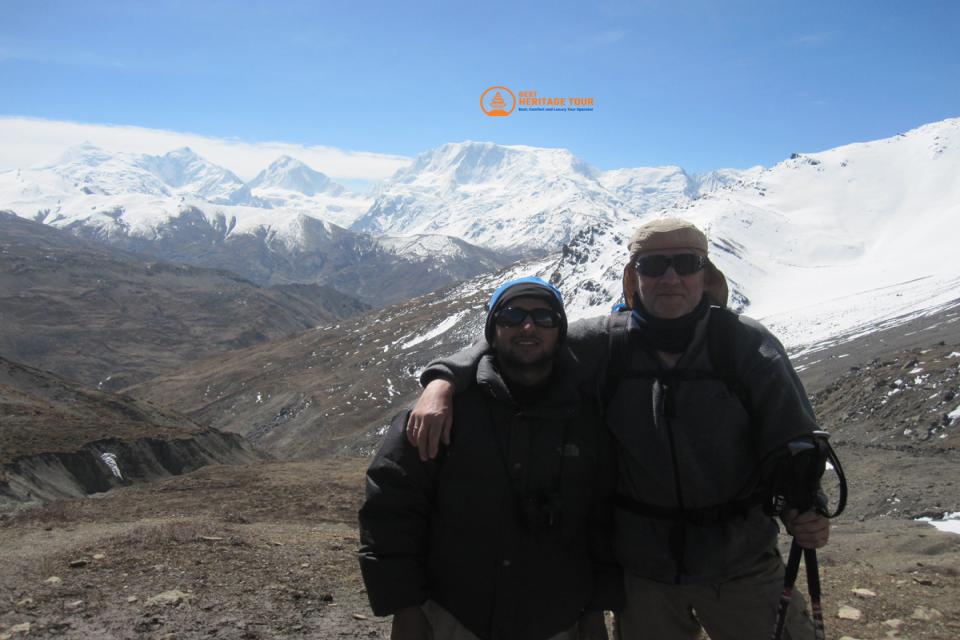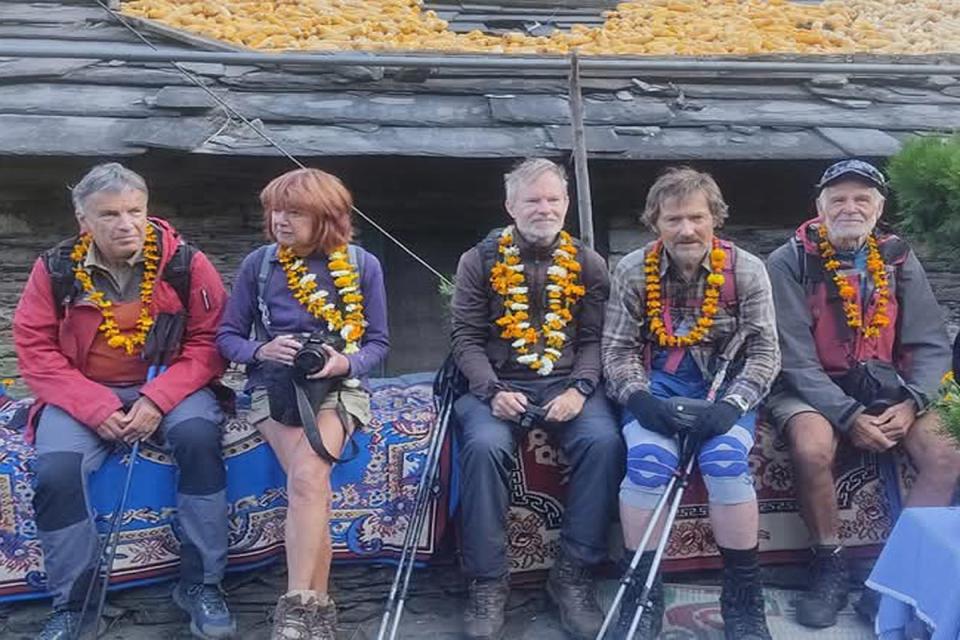Nepal is a land of mystical mountains, ancient cultures, and remote regions that have remained untouched for centuries. While popular trekking destinations like Everest and Annapurna are well-known, restricted areas in Nepal offer a more secluded, raw, and culturally immersive experience. However, visiting these regions requires special trekking permits, strict rules, and often, a licensed guide. This comprehensive guide covers everything you need to know about Nepal restricted area permits, entry fees, rules, and the most fascinating remote trekking regions you can explore.
What Are Restricted Areas in Nepal?
Restricted areas in Nepal are border-sensitive zones or culturally and environmentally fragile regions where independent travel is not allowed. These zones are regulated by the Government of Nepal to protect indigenous communities, sensitive ecosystems, and national security, especially those close to international borders like Tibet (China) and India.
Access to these Nepal special trekking areas requires a Restricted Area Permit (RAP), often in addition to other trekking permits in Nepal, such as the TIMS card, ACAP, or MCAP permits.
Why Are Restricted Area Permits Necessary?
Travel regulations are enforced in restricted areas for several important reasons:
-
Border Security: Many restricted regions lie close to Nepal’s international boundaries.
-
Environmental Conservation: Fragile alpine ecosystems need protection from over-tourism.
-
Cultural Preservation: Indigenous ethnic groups and ancient traditions are preserved by regulating entry.
-
Controlled Tourism Management: Helps maintain the authenticity and safety of these remote destinations.
-
Rescue and Safety: Regulations ensure efficient evacuation and safety procedures when needed.
Note: Solo trekking is not allowed. You must trek in a group of at least two people (excluding the guide) and hire a licensed guide registered with a Nepali trekking agency.
Rules for Trekking in Nepal’s Restricted Areas
When trekking through Nepal’s restricted areas, trekkers must follow these key rules:
-
Obtain a Restricted Area Permit (RAP) through a registered agency.
-
Trek in a group of at least two trekkers (excluding guide/porter).
-
Hire a licensed guide or porter-guide.
-
Always carry photocopies of your permits and passport.
-
Respect local customs and environmental guidelines.
-
Stick to designated trekking trails.
-
Be mindful of border-sensitive zones and avoid detours.
Full List of Restricted Areas in Nepal (with Permits & Fees)
Here's a region-wise breakdown of the restricted areas in Nepal, required permits, and approximate entry fees (valid for 2026/2027):
|
Region |
Permit |
Fee |
Notes |
|---|---|---|---|
|
Upper Mustang |
Upper Mustang Permit |
USD 500 (first 10 days); USD 50/day after |
Requires ACAP; known for Lo Manthang & Tibetan culture |
|
Upper Dolpa |
Upper Dolpa Permit |
USD 500 (first 10 days); USD 50/day after |
Requires Shey-Phoksundo Park entry; remote, wild trekking |
|
Lower Dolpa |
Lower Dolpa Trekking Permit |
NPR 1,000 (~USD 10) |
Less remote than Upper Dolpa, but culturally rich |
|
Manaslu Region |
Gorkha Manaslu RAP |
USD 100 (Sep–Nov, first 7 days); USD 15/day after |
Requires MCAP & ACAP permits |
|
Tsum Valley |
Tsum Valley RAP |
USD 40/week (Sep–Nov); USD 30/week (Dec–Aug) |
Remote Buddhist valley connected to Manaslu Circuit |
|
Humla |
Humla Permit |
USD 50/week |
Gateway to Mount Kailash pilgrimages |
|
Kanchenjunga Region (Taplejung) |
Taplejung RAP |
USD 20/week |
Includes North and South Kanchenjunga Base Camp treks |
|
Rolwaling Valley (Dolakha) |
Dolakha Permit |
USD 20/week |
Trek to Tsho Rolpa; solitude and adventure |
|
Makalu Region (Sankhuwasabha) |
Sankhuwasabha Permit |
USD 20/week |
Home to Makalu Base Camp; wild and rugged trails |
|
Everest Region Border Zones (Solukhumbu) |
Solukhumbu RAP |
Fee varies by location |
Border zones, not standard EBC trail |
|
Langtang Border Areas (Rasuwa) |
Rasuwa Permit |
USD 20/week (where applicable) |
Remote trails near the Tibet border |
|
Nar Phu Valley (Manang) |
Nar Phu RAP |
USD 90/week (Sep–Nov); USD 75/week (Dec–Aug) |
Hidden valleys of ancient Tibetan villages |
|
Far-Western Nepal (Bajhang, Mugu, Darchula) |
Regional Permits |
USD 90–110/week depending on region |
Extremely remote, almost unexplored |
Helicopter Access to Restricted Areas
Many travelers now opt for helicopter tours in Nepal to access hard-to-reach areas like Upper Mustang or Dolpa. However, permits for helicopter tours in Nepal restricted areas are still mandatory.
You’ll need:
-
Restricted Area Permit (RAP)
-
Conservation permit if landing in national parks
-
Permission from the Department of Tourism
Make sure to coordinate with an operator experienced in helicopter permits for restricted areas in Nepal.
Conservation Areas & Permit Combinations
Many restricted areas overlap with conservation areas in Nepal like:
-
Annapurna Conservation Area (ACAP): for Upper Mustang, Nar Phu, and Manaslu areas
-
Manaslu Conservation Area (MCAP): for Manaslu Circuit and Tsum Valley
-
Shey-Phoksundo National Park: for Upper and Lower Dolpa
-
Kanchenjunga Conservation Area (KCAP): for Taplejung/Kanchenjunga treks
So you’ll often need multiple permits: RAP + Conservation Area Permit + TIMS (if applicable). Always check your route with a trekking agency.
Trekking Regulations: What You Must Know
When exploring restricted trekking regions in Nepal, keep these tips in mind:
-
Always trek with a licensed guide.
-
Solo trekking is banned in these areas.
-
Carry photocopies of all permits and IDs.
-
Be mindful of Nepal trekking cultural sensitivity.
-
Respect Nepal biodiversity protection efforts.
-
Rescue services in Nepal trekking regions can be limited; always get insurance.
-
Stay informed about Nepal trekking rules and dos and don’ts.
Final Thoughts: Is It Worth Trekking in Nepal’s Restricted Areas?
Absolutely! If you’re seeking remote trekking in Nepal, authentic cultural immersion, untouched natural beauty, and dramatic landscapes without crowds, these regions are unmatched. The permit process may seem complicated, but it’s a small price to pay for access to Nepal’s most mystical and untouched territories.
Though the permit process may seem complex, it's a small price to pay for access to these hidden Himalayan paradises. Plus, by traveling responsibly, you directly contribute to the conservation of Nepal’s fragile ecosystems and ancient cultures.
Ready to Explore Nepal’s Restricted Areas?
Book your restricted area trek with Best Heritage Tour for a safe and memorable experience. Whether you're trekking to the Everest Region, Annapurna Region, Upper Mustang Region, Langtang Region, or Manaslu Region, ensure you follow all the trekking guidelines and have the right permits. Our licensed guides will help you navigate these amazing remote landscapes responsibly.
Contact Us for Bookings & Information:
-
Phone/WhatsApp/Viber: +9779851149197 / +9779810043046
-
Email: bestheritagetour@gmail.com / info@bestheritagetour.com
-
Website: www.bestheritagetour.com
-
Location: Thamel Marg, Kathmandu, Nepal
Author: Best Heritage Tour
Date: 4th May, 2025

